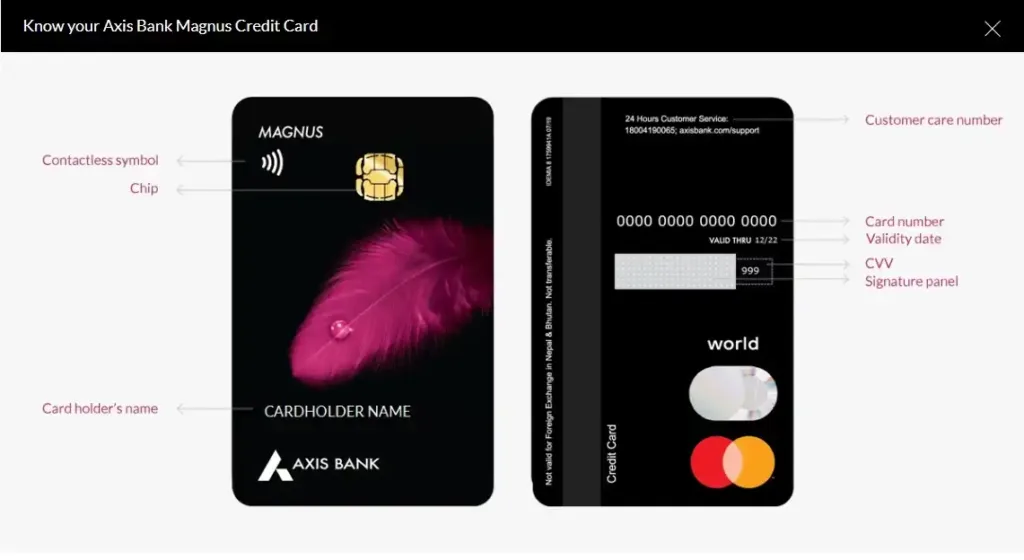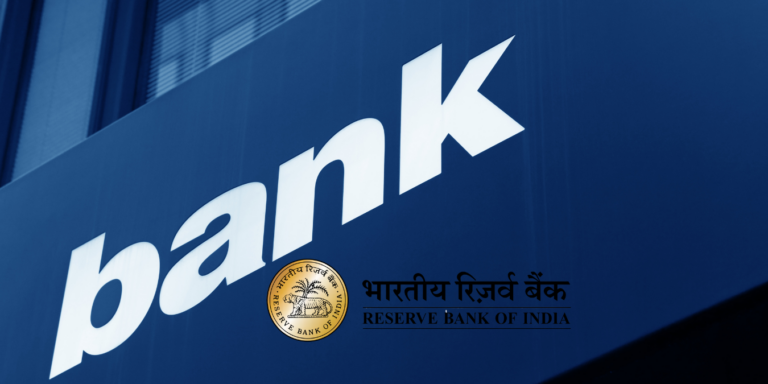
RBL Bank Q4 FY25 results show an 80% net profit plunge to ₹69 crore due to higher provisions. Dividend declared amid challenges – what does this mean for investors? Key insights on NPA trends, asset quality & future outlook. Stay updated!
RBL Bank, one of India’s leading private sector banks, announced its Q4 FY25 financial results on April 25, 2025, revealing a significant 80% year-on-year (YoY) decline in standalone net profit, dropping to ₹68.7 crore from ₹352.6 crore in Q4 FY24. This sharp fall was primarily driven by a surge in provisions, particularly in the microfinance and credit card segments, coupled with a contraction in net interest margins (NIM). Despite the profit setback, the bank’s board proposed a dividend of ₹1 per share, signaling confidence in its long-term growth strategy. This blog post dives into the key highlights of RBL Bank’s Q4 FY25 performance, analyzing the factors behind the profit decline, the bank’s strategic moves, and what lies ahead for investors and stakeholders.
Key Financial Highlights of RBL Bank Q4 FY25
1. Net Profit Declines 80%
RBL Bank’s standalone net profit for Q4 FY25 stood at ₹68.7 crore, down 80.5% YoY from ₹352.6 crore in the same quarter last year. On a consolidated basis, the net profit fell 76% to ₹86.99 crore from ₹364 crore in Q4 FY24. The steep decline was largely attributed to higher provisions, which surged 90% YoY to ₹785.14 crore from ₹413.79 crore, driven by challenges in unsecured lending segments like microfinance and credit cards.
2. Provisions Spike Due to Bad Loans
The bank faced significant stress in its microfinance (Joint Liability Group or JLG) and credit card portfolios, leading to gross slippages of ₹1,058 crore, including ₹479 crore from credit cards and ₹472 crore from microfinance loans. To mitigate risks, RBL Bank prudently allocated 100% provisions for its gross non-performing assets (GNPA) in the JLG segment, boosting the provision coverage ratio (including write-offs) to an impressive 96.4% in March 2025, up from 89.8% a year ago. This strategic provisioning, while impacting short-term profitability, strengthens the bank’s balance sheet for future stability.
3. Net Interest Income and Margins Under Pressure
RBL Bank’s core net interest income (NII) declined by 2% YoY to ₹1,563 crore in Q4 FY25, compared to ₹1,600 crore in Q4 FY24. The net interest margin (NIM) also contracted to 4.89% from 5.45% a year ago, reflecting margin pressure due to rising funding costs and a shift toward secured lending. For the full year FY25, NII grew 7% to ₹6,463 crore, with a NIM of 5.12%.
4. Growth in Deposits and Advances
Despite profitability challenges, RBL Bank reported steady growth in its deposit and advance portfolios:
- Total Deposits: Rose 7% YoY to ₹1.10 lakh crore as of March 31, 2025, with a focus on granular retail deposits, which accounted for 49.8% of the total deposit mix.
- Net Advances: Grew 10% YoY to ₹92,618 crore, driven by a 15% increase in retail advances and a 5% rise in wholesale advances. The retail-to-wholesale mix stood at 61:39, underscoring the bank’s emphasis on retail growth.
5. Asset Quality Improves
RBL Bank’s asset quality showed signs of improvement:
- Gross NPA Ratio: Declined to 2.6% in Q4 FY25 from 2.92% in Q3 FY25 and 2.65% in Q4 FY24.
- Net NPA Ratio: Improved significantly to 0.29% from 0.53% quarter-on-quarter (QoQ).
The bank’s proactive write-offs, amounting to ₹965 crore in Q4 FY25, further supported its efforts to clean up its loan book.
6. Dividend Declaration
In a positive move for shareholders, RBL Bank’s board recommended a dividend of ₹1 per equity share (10% of face value ₹10), subject to approval at the Annual General Meeting (AGM). This decision reflects the bank’s confidence in its capital adequacy, with a capital adequacy ratio (CAR) of 17.38% and a Common Equity Tier-1 (CET1) ratio of 12.5% as of March 31, 2025.
7. Other Income Growth
Non-interest income, comprising fees, commissions, and treasury earnings, grew 14% YoY to ₹1,000 crore in Q4 FY25 from ₹875 crore in Q4 FY24. For the full year, other income surged 25% to ₹3,806 crore, providing a cushion against the NII decline.
Factors Behind the Profit Decline
1. Surge in Provisions
The primary driver of RBL Bank’s profit decline was the 90% YoY increase in provisions, triggered by a spike in bad loans in the microfinance and credit card segments. The bank’s management noted that the entire stock of bad microfinance loans has been fully provided for, reducing the need for significant provisions in FY26. This conservative approach, while impacting Q4 profitability, positions the bank for a stronger recovery in the coming quarters.
2. Margin Compression
The contraction in NIM to 4.89% was driven by higher funding costs and a strategic shift toward secured lending, which typically offers lower yields than unsecured loans. The bank’s focus on reducing its exposure to high-risk unsecured lending, such as microfinance (now at 6.2% of the portfolio), contributed to the margin pressure.
3. Unsecured Lending Challenges
RBL Bank faced significant stress in its unsecured loan portfolio, particularly in microfinance and credit cards. The gross slippages in these segments prompted the bank to adopt a cautious stance on unsecured lending, with CEO R Subramaniakumar stating that unsecured loans will constitute a smaller proportion of the loan book in FY26.
Strategic Initiatives and Outlook
1. Focus on Secured Lending and Retail Growth
RBL Bank is pivoting toward secured retail and commercial banking to reduce risk and improve asset quality. The bank aims to achieve strong growth in retail and wholesale loans in FY26, supported by a robust deposit franchise. The management projects granular deposit growth of 20-25% YoY, which will enhance funding stability.
2. Cost Optimization
The bank reduced its cost-to-income ratio from 66% in FY24 to 64% in FY25, with a target of a 2-3% annual reduction. This will be achieved through operational efficiencies and cross-selling initiatives via its 558 branches and 1,165 business correspondent branches operated by its subsidiary, RBL Finserve Limited.
3. Microfinance Portfolio Stabilization
The microfinance portfolio, which faced significant stress in Q4, is expected to stabilize in FY26, with collection efficiency returning to pre-migration levels. This should reduce provisioning requirements and support profitability.
4. Liquidity and Capital Strength
RBL Bank’s liquidity coverage ratio (LCR) of 133% exceeds regulatory requirements, reflecting strong liquidity management. The bank’s robust CAR and CET1 ratios provide ample headroom for growth and risk absorption.
Implications for Investors
RBL Bank’s Q4 FY25 results highlight short-term challenges but also underscore its strategic focus on long-term stability. The sharp profit decline, driven by higher provisions, may weigh on investor sentiment, as evidenced by a 5.3% drop in the bank’s share price to ₹187.8 on April 25, 2025. However, the improvement in asset quality, steady deposit and advance growth, and the proposed dividend signal resilience.
Investors should monitor the bank’s progress in stabilizing its microfinance portfolio and expanding its secured lending book. The management’s cautious approach to unsecured lending and emphasis on granular deposits are positive steps toward sustainable growth. With a strong capital base and improving asset quality, RBL Bank is well-positioned to navigate the evolving banking landscape in FY26.
Key Takeaways
RBL Bank’s Q4 FY25 results reflect the challenges of operating in a complex macro environment, with higher provisions and margin pressure impacting profitability. However, the bank’s proactive measures, including full provisioning for bad loans, a focus on secured lending, and robust deposit growth, lay the foundation for a stronger future. The proposed ₹1 per share dividend reinforces the bank’s commitment to shareholder value. As RBL Bank continues to optimize costs and stabilize its portfolio, it remains a compelling player in India’s private banking sector.
For the latest updates on RBL Bank’s financial performance and stock market trends, stay tuned to our blog. Share your thoughts on RBL Bank’s Q4 results in the comments below!






























